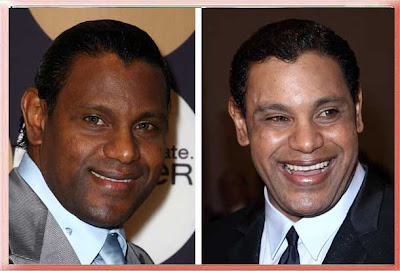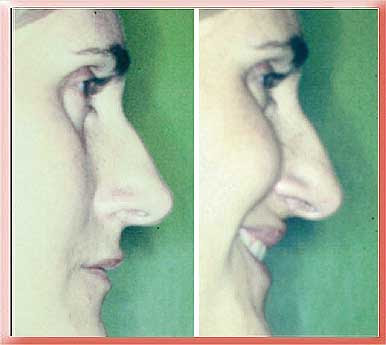Please tweet and retweet
Tweet
When most people think about plastic surgery and mixed martial arts (MMA), boxing etc they think of broken noses, facial bone fractures, cauliflower ears, skin abrasions and cuts. In unarmed fighting the skin is torn open when an outside blunt force pushes that skin against the edge of a bone. You see this frequently in boxing matches with skin around the eye socket being torn open. In boxing they put pressure on the tear while the boxer is in the corner to stop the bleeding. Some fighters have a facial bone structure with less edges or flatter surface contour. These fighters are less susceptible to having tears in the skin when struck. For both boxers and MMA fighters these tears are usually sutured by non-plastic surgeons who just suture the outer layer of the skin. After these heal there is a thinner layer of tissue between the skin surface and the edge of the bone. This condition leaves the fighter more susceptible to another tear in the skin when it is struck. The blow could even be an otherwise inconsequential one.
Some of these fighters are now undergoing surgery to rasp or burr down these bone edges. At the same time the deeper layers that separated at the time of the initial injury are repaired and/or the surgeon inserts an acellular dermal matrix (commercially available human skin collagen without skin cells) to increase the tissue between the skin surface and the bone. This so to speak softens the blow.
The question remains whether athletic commissions will allow this or will they consider this performance enhancement comparable to anabolic steroids and ban it.
Aaron Stone MD - Plastic Surgeon Los Angeles
Aaron Stone MD - twitter






